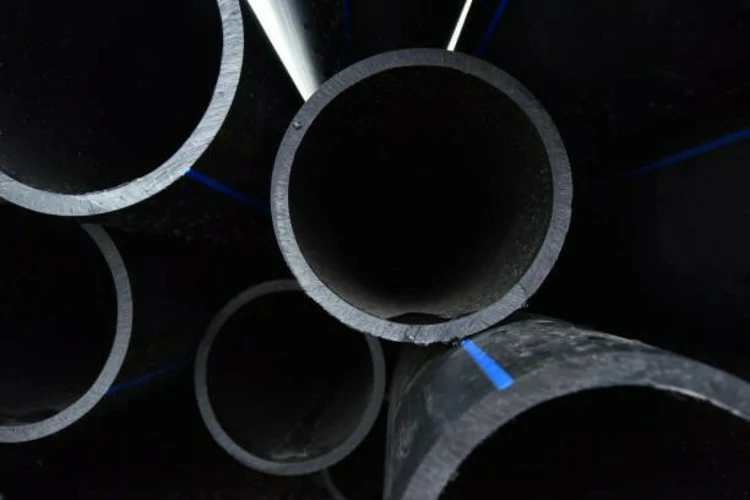Understanding the Heat Resistance of PPR Pipes
PPR (Polypropylene Random Copolymer) pipes boast exceptional heat resistance, rendering them suitable for high-temperature environments. Let’s explore further the heat resistance properties of PPR pipe and their applications across various industries.
Material Composition
PPR pipes are manufactured from polypropylene random copolymer, a type of thermoplastic polymer known for its heat resistance and durability. The unique molecular structure of PPR ensures that it can withstand elevated temperatures without deforming or deteriorating, making it ideal for applications where heat resistance is crucial.
Thermal Stability
One of the key advantages of PPR pipe is their remarkable thermal stability. They can withstand continuous exposure to temperatures up to 95°C (203°F) without compromising their structural integrity. This makes PPR pipe suitable for hot water supply systems, heating systems, and industrial processes that involve high-temperature fluids.
Dimensional Stability
PPR pipe exhibit excellent dimensional stability even under extreme heat conditions. Unlike some other plastic pipes that may expand or warp when exposed to heat, PPR pipe maintain their shape and dimensions, ensuring reliable performance and tight connections in plumbing and piping systems.
Applications in High-Temperature Environments
PPR pipes find widespread use in industries and applications that require reliable performance under high-temperature conditions. Let’s explore some of the common applications of PPR pipes in high-temperature environments:
Hot Water Supply Systems
PPR pipes are extensively used for hot water supply systems in residential, commercial, and industrial buildings. Their ability to withstand high temperatures makes them ideal for conveying hot water from heating systems, solar water heaters, and boilers to various fixtures and appliances.
Heating Systems
PPR pipes play a crucial role in hydronic heating systems, where hot water is circulated through pipes to radiators, underfloor heating systems, and other heat emitters. The heat resistance of PPR pipe ensures efficient heat transfer and distribution, contributing to the comfort and energy efficiency of heating systems.
Industrial Applications
In industrial settings, industries utilize PPR pipe for transporting hot fluids or chemicals. They apply them in various applications such as chemical processing, food and beverage production, pharmaceutical manufacturing, and more. These applications demand resistance to high temperatures and corrosive substances, which PPR pipe provide.
Conclusion
PPR pipes’ outstanding heat resistance properties make them a preferred choice for applications in high-temperature environments. Whether in hot water supply systems, heating systems, or industrial processes, PPR pipe offer reliable performance, durability, and safety, ensuring efficient fluid conveyance even under extreme heat conditions. Their versatility and resilience make them indispensable components in modern plumbing and piping systems.
Contact
IFAN is a professional manufacturer with 30 years of experience, dedicated to producing high-quality plastic pipes, fittings, and valves. Our products include brass valves, PPR valves, as well as various pipes and fittings to meet different customer needs. Whether you need plumbing and drainage pipes or valve products, IFAN can provide a diverse range of high-quality, cost-effective products to support your projects. Below is our contact information.
We will reply your email or fax within 24 hours.
You can call us at any time if there is any question on our production.
For more information,pls visit our webside https://www.ifanplus.com/
Pls Mailto: [email protected]






